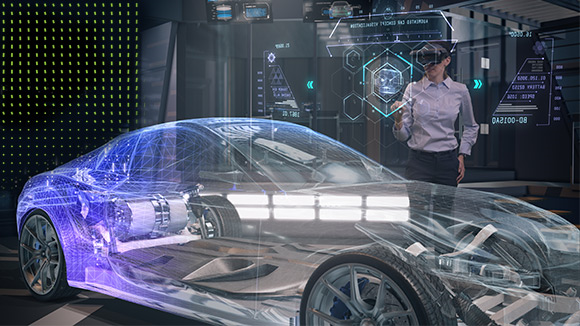Numerous in-depth studies are available on the inner workings of the financial sector, the legal profession, and the software industry, but very little is known about the operations of manufacturing facilities, industrial firms, or research and development departments in the mechanical engineering sector.
The subject of how we create Hybrid Electric Vehicle Design iis one of the most frequently asked. The truth is that it’s a highly open-ended query. Of course, the basic pattern (defining requirements, V-process, specifications, documentation, etc.) is the same across all sectors. Still, some rules and processes are unique to each industry to meet its requirements.
What is mechanical design?
All the numbers, ratios, materials, and styles combine to make a machine. A well-considered design is essential for constructing a mechanical part, assembly, or final product that works as intended. Due to the potential for high costs and lengthy delays caused by manufacturing errors, mechanical design is arguably the most crucial stage in developing any motorised product.
Significance of mechanical design in auto mechanics
Mechanical Car Design is essential in the automobile industry, which has one of the most complex production lifecycles. Automated methods are created when a new vehicle model is being produced, an existing vehicle model is being replaced, or a current vehicle model is being updated.
One of the first steps a designer must take to satisfy all of these criteria is to conduct comprehensive research into the requirements of the automobile, from which a concept can be derived. Tests and analyses, drafting a specification with all the necessary data for building the design and model, and estimating costs and materials are just a few of the many things mechanical engineers and designers undertake.
The advantages of using Mechanical Design Services before manufacturing automobile components and assemblies are outlined below.
- Using a mechanical design ensures a top-notch final product for the vehicle’s shell, mechanicals, and extras. Since the first mechanically designed product was built, improvements in materials, resistance to physical forces, compatibility with other designs, etc., have been made.
- When several divisions, including production and R&D, work together simultaneously, a process known as “concurrent engineering” is created, which speeds up production while also improving quality and efficiency.
- Thorough analysis for better functionality: During the design phase, many studies are conducted, such as FMEA, which analyses the production process, defines the end user’s views, needs, and usage of the vehicle, and the various problems that could occur, among other things. Another type of study is called finite element analysis, and it involves dissecting the vehicle model into a vast number of smaller sections for analysis.
Conclusion
Developing a new vehicle model might take anywhere from one to five years. Many companies start idea studies on multiple models to keep up with the future’s quick development speed. For this reason, the final result may not become apparent until a long time after the process begins. The design team explains their findings, including how reliable the models are, whether or not updates are readily available, whether or not some necessary parts are missing, and how large the observed error margins are. The board of directors gets together to determine whether or not to go ahead with mass production.





